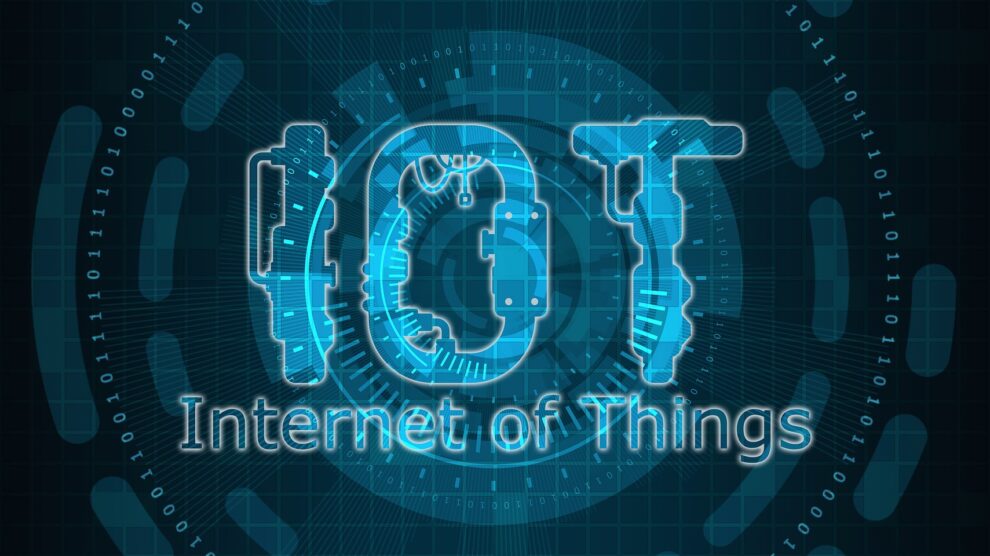The healthcare industry, which is renowned for being an early user of new technologies, continues to develop by using the enormous Web-connected cosmos known as the Internet of Things (IoT). Medical software development with modern technologies is useful for patients and health professionals and allows them to connect and analyze health information and patient health data.
Internet of Things innovation improves patient-doctor communication through remote access and online consultations. It also assists clinics or hospitals in tracking personnel and patients with IoT-based healthcare devices that also aid in the treatment of chronic conditions. With the help of Internet of Things consulting firms that assist in understanding IoT technologies, provide a plan to decrease expenses, streamline operations, and offer services for IoT systems.
Examples of IoT in Healthcare Applications
Here are Internet of Things (IoT) applications for public health, smart sleep, medicine refills, improving hospital treatment, online care, and tracking, and chronic illness management.
Hygenix Hand Hygiene Platform
Hygenix wanted to leverage wearable technology to provide healthcare professionals with actionable feedback on the frequency and quality of hand hygiene via smart wristbands. The idea was to use sensors to track staff’s movements at the medical facility and notify them of the proper timing and duration of hand hygiene events. The ITRex company created IoT solution to monitor handwashing events of hospital staff.
Newleafs Analytics
Nexleaf’s solutions seek to enhance health problems in developing nations by improving vaccinations. Coldtrace, as an example, is a wireless remote tracking for vaccine freezers in medical centers and health institutions, allowing healthcare practitioners to deliver life-saving injections safely. It has a sensing probe installed within a refrigeration system, which transmits data about current temperatures and grid power and sends notifications updates to the watching staff.
Aspect Software Platform
The Aspect Software Platform interacts with diagnostic equipment to provide test findings to doctors, patients, and medical personnel through a secure and private communication system, as well as highly-customizable methodologies. Moreover, Aspect manages everything transparently, from transmitting test findings to tracking instrument performances. Patients may even be notified when the results are ready.
QuiO
QuiO is a wireless cloud-based platform that links various clinical devices connected to medicines, exercise, and wellness for patients with chronic diseases. The applications enable healthcare professionals and caretakers to see anomalies and react to data more efficiently. Moreover, individuals may also get customized advice on coping with illnesses and engaging in research programs freely.
Spry Health
Spry Health enables medical institutions to increase safety by detecting early indications of deteriorating patients. In addition, Spry’s Loop wearables gadget has a monitoring capacity of a medical bed in the form of a fitness tracker. Its features include facilitating patients’ constant vital monitoring and the ability to check patients’ condition through the internet and gather actionable findings that lead to improved treatment.
Eight
Eight combines comfy mattresses with sleep-sensing software that evaluates data and delivers it to your mobile phones to calculate your optimum sleep temperatures. The app may also be used to control smart lighting and smart door locks.
AdhereTech
AdhereTech smart medication bottles with their specialty medicine for patients are utilized just like a regular bottle and send text or phone alarms for missing dosages. It also gives customized assistance with prescription refills and health problems. According to Avella pharmacy, AdhereTech has increased time on treatment by 26 %, replenishments by 9 percent, and dosages adherent by 15 percent over the past several years. They also produce 1 to 2 extra fills of specialty medicines per patient each year.
Aeris
Aeris is basically a plug-and-play system enabling medical device makers and healthcare professionals to keep in touch with patients to ensure they follow medical recommendations such as prescription and timing. In many instances, this tracking (through the use of sensors) allowed patients to stay in the house, reducing travel duration and hospital expenses.
AutoBed
The AutoBed technology can supervise up to 1200 mattresses, handle 80 bedroom orders at once, and take account of other patient needs such as nurse availability.
Philips E-Alert
Philips’ E-Alert, which is used to check MRI operation, compares environmental variables to specific criteria and sends notifications if those targets are met. Notifications may be delivered through email and text message, or they can be linked into a local alarm system.
Ensa
Ensa seamlessly integrates health records and biometrics monitors to offer consumers health and supplements suggestions. Special aspects include Apple HealthKit and Dexcom CGM synchronization, up-to-date healthcare guidance from authorized sources, and connection to an online medication store.
Conclusion
The recent development in IoT technology has allowed medical equipment to do actual monitoring that was previously unavailable to physicians. It has assisted healthcare practitioners in diagnosing a variety of health problems and also helped medical facilities reach more people at once and provide quality treatment at a low cost. Because of this, it has shifted the medical industry away from a hospital-centric system and toward a more patient-centric one.





